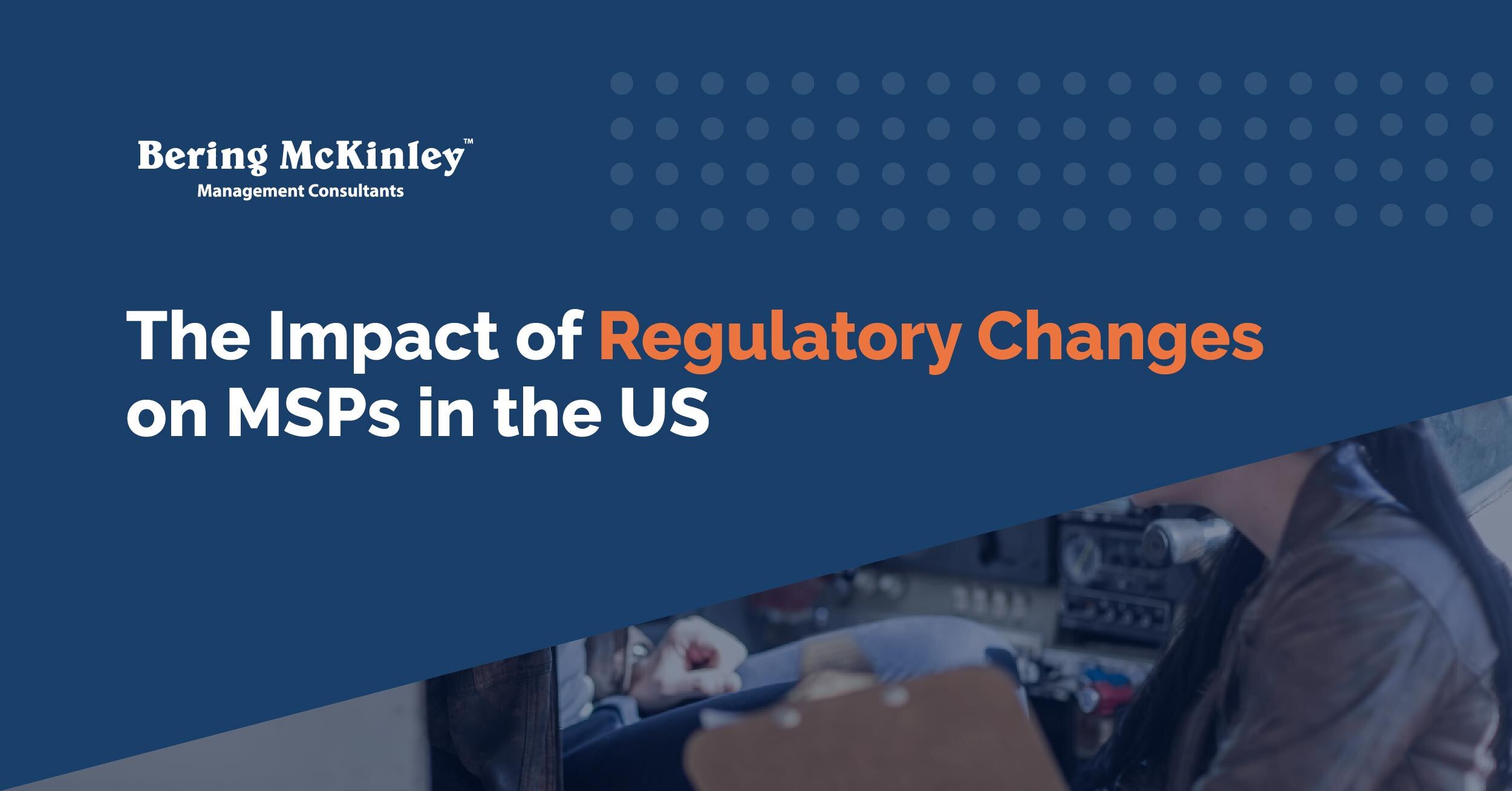Key Strategies for Boosting Productivity with External Consulting Services
Increasing productivity is a top priority for any business leader, but it’s also one of the toughest challenges to tackle. Have you ever found your...
3 min read
 Josh Peterson
:
Jun 30, 2025 2:00:00 PM
Josh Peterson
:
Jun 30, 2025 2:00:00 PM

Cybersecurity is no longer optional for Managed Service Providers (MSPs)—it’s required for compliance. MSPs are tasked with the critical responsibility of not only securing their own systems, but also protecting their clients' data and IT environments. With the evolving threat of cyberattacks, including ransomware and phishing, MSPs need well-rounded strategies to stay ahead of the curve.
This guide provides actionable best practices to help MSPs enhance their cybersecurity defenses and deliver unmatched value to their clients. From risk assessments to compliance, you'll find everything you need to keep your business secure.
Cybercriminals are increasingly targeting MSPs because of the extensive client access MSPs have. A single breach can devastate multiple businesses at once. For MSPs, strong cybersecurity isn’t just about protecting your own business—it’s also critical to keeping your clients’ organizations safe and successful.
Facing challenges such as complex IT infrastructures, human error, and varying compliance requirements, MSPs must set higher standards for cybersecurity. This blog outlines key steps to protect your business and your clients’ data while strengthening your reputation as a trusted partner in IT.
Risk assessment is the foundation of any effective cybersecurity strategy. It helps you identify vulnerabilities in your systems and those of your clients before attackers exploit them. The goal? To minimize threats and protect sensitive data from falling into the wrong hands.
Establishing clear and enforceable security policies is the backbone of a secure MSP environment. Not only do these policies provide structure, but they also ensure your team and clients adhere to best practices.
Security policies are not "set and forget." They need regular reviews and updates to adapt to new threats. Schedule bi-annual policy audits to ensure compliance.
“People” often pose the biggest risk to cybersecurity. Even the most advanced firewalls and software defenses can fail if employees make mistakes, such as clicking on a phishing link.
The result? Better decisions at every level of your business.
Technology is an MSP’s best ally in defending against cyber threats. Advanced tools and automated systems allow you to proactively monitor and mitigate risks with minimal manual intervention.
Platforms like Splunk or SolarWinds Security Event Manager refine real-time incident detection. These tools centralize log data and accelerate response times.
Even the best-prepared MSPs can fall victim to cyberattacks. A well-defined and regularly tested incident response plan ensures your team can act swiftly to minimize damage.
Test your incident response plan regularly to ensure everyone knows their role.
Many industries face strict compliance standards, such as HIPAA (for healthcare) or GDPR (for data protection in Europe). Not ensuring compliance can lead to massive fines and reputational damage.
Maintaining compliance builds client trust, a key differentiator in competitive markets.
Cybersecurity isn’t just a necessity; it’s a service MSPs can offer to generate additional revenue. Build trust by marketing cybersecurity plans tailored to client needs.
Highlight success stories or notable metrics to demonstrate ROI.
MSPs can’t do it all alone, especially in cybersecurity, where expertise makes a world of difference. Working with cybersecurity consultants like those at Bering McKinley allows you to focus on IT while leveraging specialized resources.
Bering McKinley has been helping MSPs optimize their operations for two decades. From management consulting to finance strategies, their tailored solutions help MSPs thrive in competitive markets. Their expertise ensures managed service providers are better trained, better equipped, and better secured.
If you’re ready to protect your clients and grow your MSP at the same time, their team of experts is here to help. Start by scheduling a consultation today.
The stakes in cybersecurity have never been higher, but with the right tools, policies, and expertise, MSPs can rise to the challenge. Take an active role in safeguarding your clients' data while creating new revenue opportunities for your business.

Increasing productivity is a top priority for any business leader, but it’s also one of the toughest challenges to tackle. Have you ever found your...
%20on%20Your%20Pricing%20Structure.jpg)
When it comes to running a successful Managed Service Provider (MSP) business, your Service-Level Agreements (SLAs) are much more than a technical...

Managed Service Providers (MSPs) operate in an industry that is constantly changing, and few shifts have been as dramatic as the evolving regulatory...